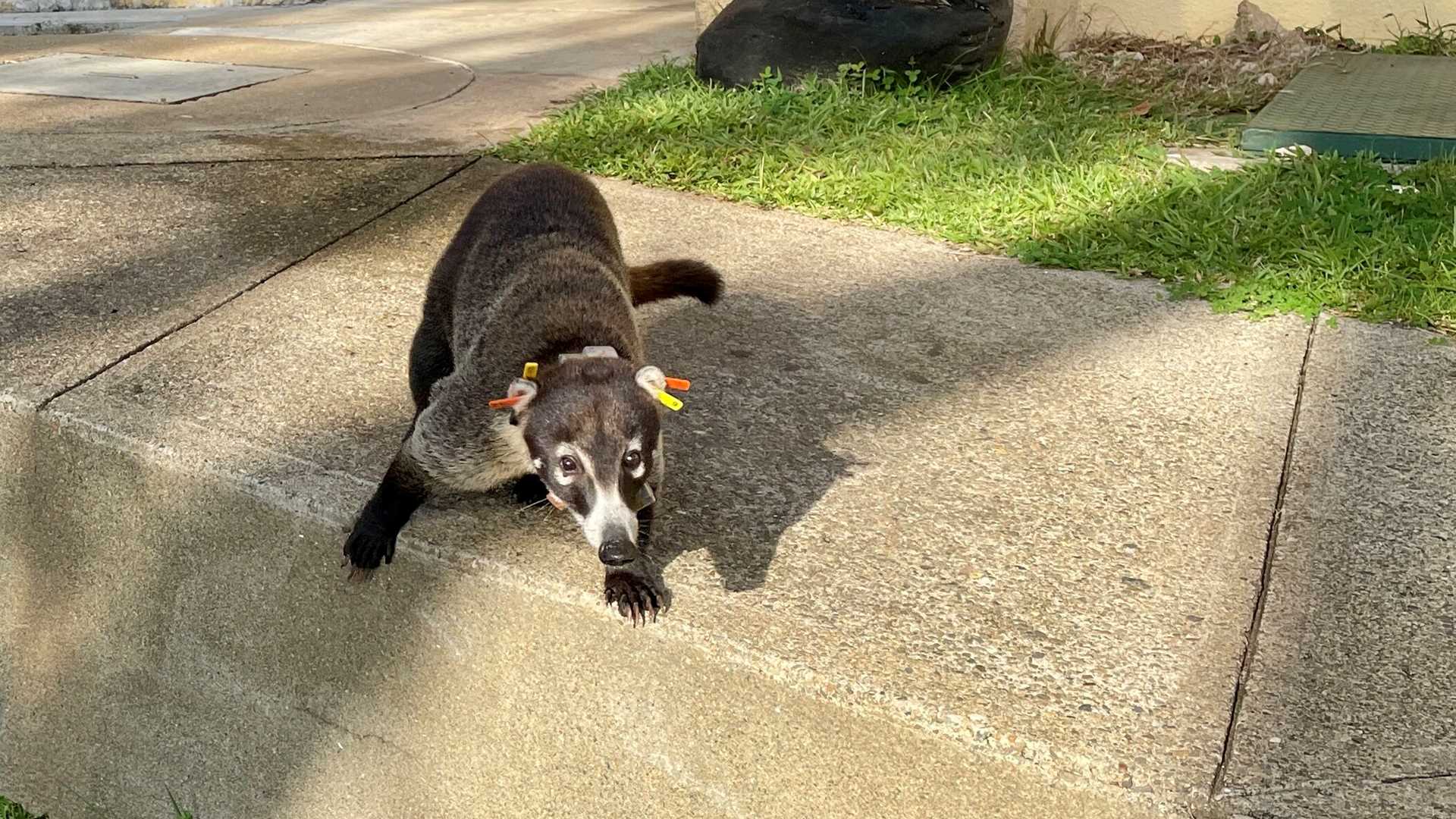We did our first set of locks of the Panama Canal right after we got on board yesterday, and today we had our first full day of the trip. We did the Gatun Locks on the Caribbean end, where we were elevated 85 feet above sea level to reach Gatun Lake.
This morning, we paused our transit of the canal to explore Barro Colorado Island. The biggest mountaintop became an island when they built the lake, and it has been a protected tropical rainforest ever since. Nowadays, the area is run by the Smithsonian Institute. It is one of the most studied tropical rainforests on the planet.
After our morning activities, we were ready to continue our Panama Canal Crossing.







